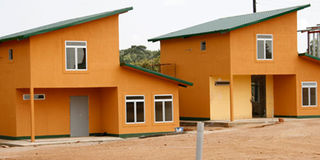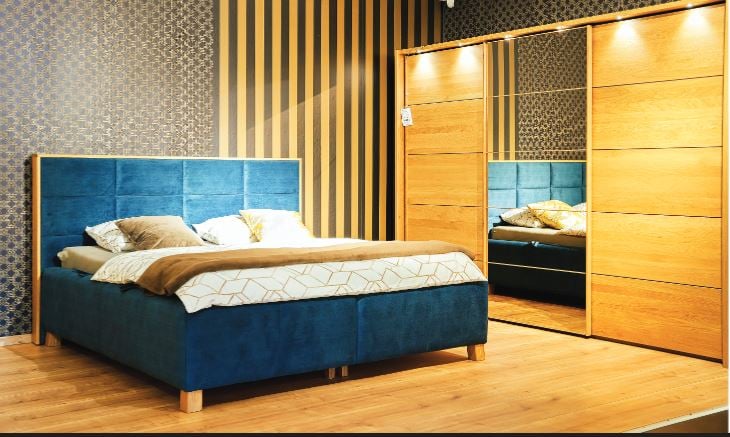Prime
There is need to upgrade residential house designs

Prefabricated houses were recently pointed out as one of the alternatives that real estate developers should resort to to solve the housing shortage problem in the country. File photo
There is a big challenge facing this city when it comes to urban housing. Many times, we are taking what is being thrown at us without hesitation.
Is there a design in this city that is less innovative than a single three bedroom family house or the rental units around the corner? While we obsess over the new in terms of what we keep in our houses, the ever-increasing speed and functionality of our phones and entertainment options, we are incredibly undemanding of the houses themselves.
These continue to be built the same way they have for over a century. Walls and windows are thin, materials cheap and the design (and I use the term loosely) not well-considered. The building process is way too long and creating embarrassing amounts of building waste.
Not so long ago, homes were designed to make the most of their surrounding climate and terrain. In places like Kololo or Nakasero, they served a purpose that went far beyond aesthetics ( we will come to acreage at a later time). They encouraged natural cooling and houses sited and windows placed to either maximise or minimise sun exposure as needed.
Today, it is essentially the same floor plan and same form of construction. Glossy brochures with stock images of smiling families advertise the houses, but what is really on offer is the same dumb box with a stage set of a façade tacked onto the front.
The reasons behind the advertised styles have long since disappeared, their function surrendered to ornament. It is not that the means don’t exist for better building. There have been significant advances in construction: smarter, safer, more sustainable materials that contribute to healthier and more energy-efficient structures, precision building technologies that reduce construction time and waste.
Also, there are more enlightened planning principles that recognise the social, economic and health benefits of building homes within denser and better neighbourhoods. We need to find developers that are willing to tow that line. (Green Span in Nairobi has done that among many others, why not us?)
It is true that the home building industry is not interested in risk or change, in spite of the many opportunities in residential construction. Even with the anticipated thousands of homes that need to be built, too many of our home developers are inexplicably committed to the status quo.
Need for change
I have worked with a couple of developers with little interest in the work, designs and alternative building methods and materials we proposed apart from one that was interested in prefabricated, steel and gypsum board in kakaungulu off Entebbe road.
Many are devoting lots of energy on how best to market than making their designs unique. The disconnection between the rising diversity of housing needs and the monotony of housing production speaks to the tenacity of the “dream”. This is the enduring allure of the detached house with front lawn and backyard patio as well as to the profitability of catering to these aspirations.
With the new planning authority, we have an opportunity to re-think urban housing. We need to make it responsive not to out dated demographics and wishful economics, but rather to the actual needs of a diversifying and dynamic population.We are heading to a peak in housing boom. Single-family houses and rentals make up more than three quarters of housing construction permits. We cannot make any progress in housing until we stop thinking about the home as a decorative object and begin considering it as part of a larger whole.
How does the house reflect the neighbourhood? How is it served by transit? Is it adaptable, allowing for the housing of extended families? What needs to happen to zoning, to financing, to our very notions of resale value to change the urban condition? If Apple can continually re-invent and re-define its product to meet consumer demand, so can housing, which is behind the times.




